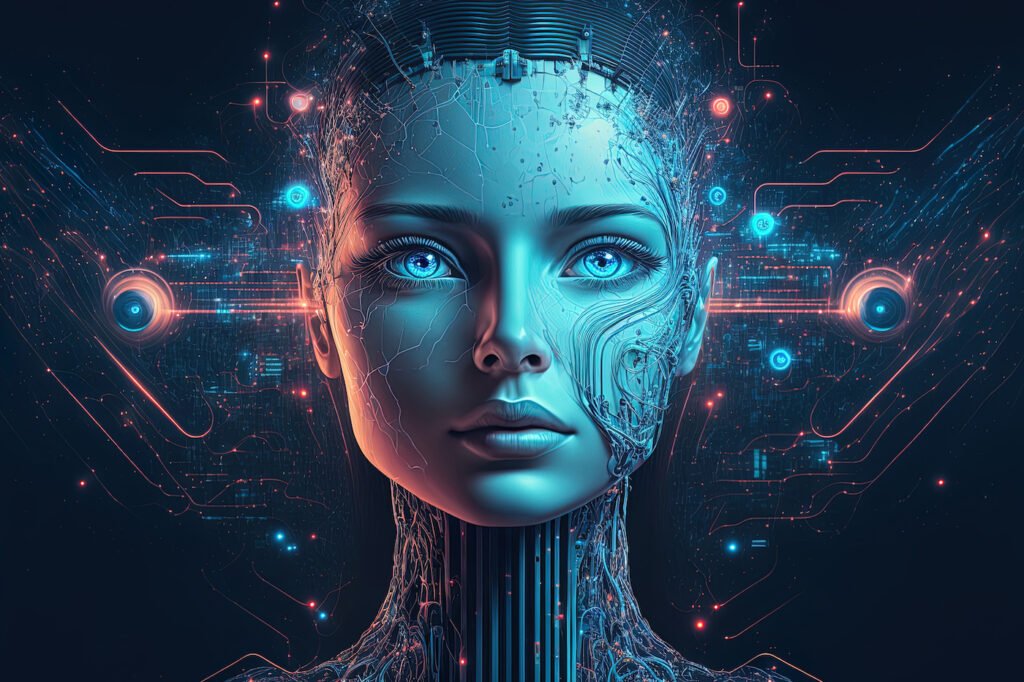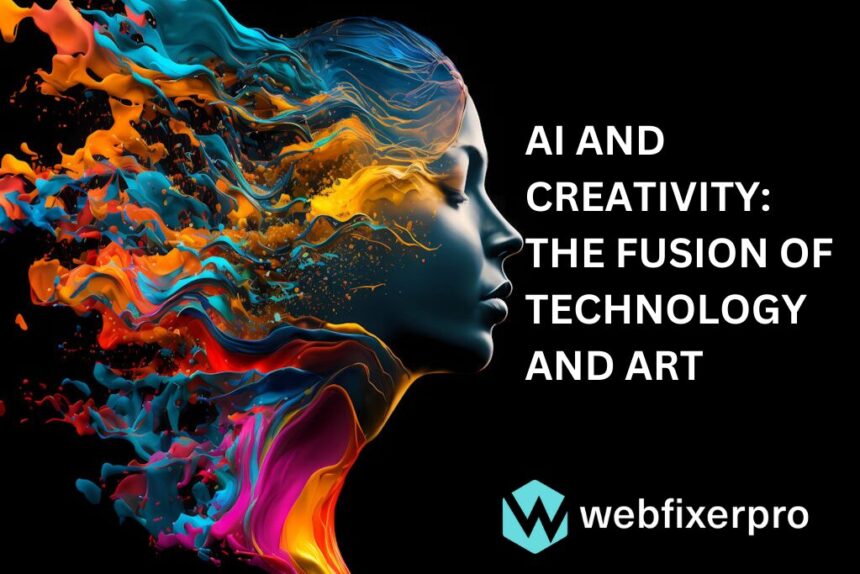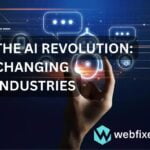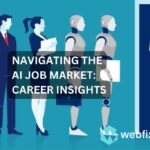Introduction
Artificial Intelligence (AI) and creativity, once viewed as distinct realms, have undergone a transformative fusion in recent years. The synergy between technology and art has given rise to a new era of possibilities, challenging traditional notions of creative processes. Fusion of Technology and Art
Historical Perspective
The evolution of AI in creative fields traces back to its nascent stages when innovators began experimenting with AI-generated art. Pioneering projects showcased the potential for AI to contribute to artistic expression, laying the foundation for the contemporary collaboration between AI and human creators.
Artificial Intelligence (AI) as a Creative Partner
In today’s landscape, AI is not replacing artists but acting as a creative partner. Collaborations between artists and AI systems have led to groundbreaking works, blurring the lines between man-made and machine-generated art. From music composition to visual arts, the influence of AI is pervasive.
The Role of Machine Learning in Creativity
Machine learning, a subset of Artificial Intelligence, plays a pivotal role in shaping creative processes. Its ability to analyze vast datasets and recognize patterns has revolutionized music composition, visual arts, and even writing. Artists leverage machine learning algorithms to explore innovative avenues in their respective fields.
Challenges and Ethical Considerations
However, this fusion is not without challenges. Addressing bias in AI-generated art and navigating ethical concerns surrounding AI in creativity remain critical issues. Striking a balance between technological advancements and ethical considerations is imperative for the responsible integration of AI in creative endeavors.
Artificial Intelligence (AI) in Content Creation
The impact of AI is not confined to traditional art forms. In the realm of content creation, AI algorithms are employed in writing and copywriting, enhancing digital marketing efforts. The efficiency and speed of AI-generated content are reshaping the landscape of online communication.
AI Tools for Creative Professionals
Creative professionals now have access to a myriad of AI-driven tools designed to streamline and enhance their work. From designers creating captivating visuals to writers generating compelling narratives, AI is becoming an indispensable companion for those in creative industries.
Artificial Intelligence (AI) in Film and Entertainment
The influence of AI extends to the film and entertainment industry, where it plays a role in production processes. Virtual characters, AI-driven scriptwriting, and innovative filmmaking techniques are reshaping the way stories are told on the big screen.
Future Trends in AI and Creativity
Anticipating the future, the fusion of AI and creativity is poised to bring about transformative developments. From advancements in AI-generated art to the potential impact on creative industries, the future promises a landscape where AI is deeply embedded in the fabric of artistic expression. Fusion of Technology

Critics vs. Advocates
Debates surround AI’s role in creativity, with critics expressing concerns about the potential loss of human touch in art. On the other hand, advocates argue that AI opens new possibilities and serves as a tool for artists to push boundaries and explore uncharted territories.
Artificial Intelligence and Human Collaboration
Finding the delicate balance between AI and human creativity is key. Success stories of AI-human collaborations illustrate the power of combining technological capabilities with human intuition and emotion. The coexistence of AI and human creativity is proving to be a harmonious partnership.
Educational Impacts of Artificial Intelligence in the Arts
The integration of AI into creative arts education is shaping the skillsets of future generations. Educational institutions are adapting their curricula to include AI, preparing students for careers where a nuanced understanding of technology and creativity is essential.
AI-Enhanced User Experience
In the digital realm, AI contributes to personalized creative experiences for users. Whether through interactive art installations, customized content recommendations, or immersive virtual experiences, AI enhances user engagement, making the creative process more dynamic and responsive to individual preferences Fusion of Technology.
Conclusion
The fusion of AI and creativity marks a significant juncture in the evolution of art and technology. As we navigate this symbiotic relationship, it is essential to embrace the possibilities while remaining vigilant about the ethical implications. The future holds a canvas where human ingenuity and AI innovation coalesce, shaping a new era of artistic expression.
FAQs
-
What is the role of AI in creative processes?
- AI serves as a creative partner, enhancing and complementing human creativity in various artistic endeavors.
-
Can AI truly replace human creativity?
- No, AI does not replace human creativity but augments it, contributing unique perspectives and possibilities.
-
How do artists feel about collaborating with AI?
- Responses vary, with some artists embracing the collaboration for its innovation, while others express concerns about the potential loss of human touch.
-
Are there any risks associated with AI-generated content?
- Yes, risks include biases in AI algorithms and ethical concerns related to the responsible use of AI in creative processes.
-
What industries are most impacted by AI in creativity?
- AI has a significant impact on various industries, including visual arts, music, writing, film, and digital marketing.



